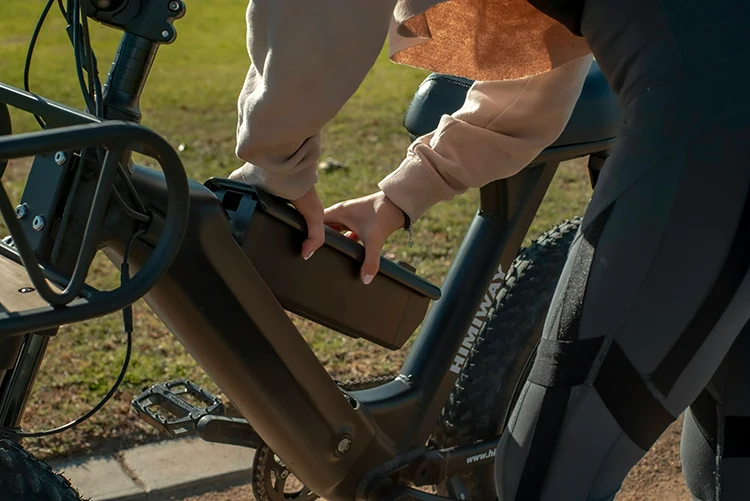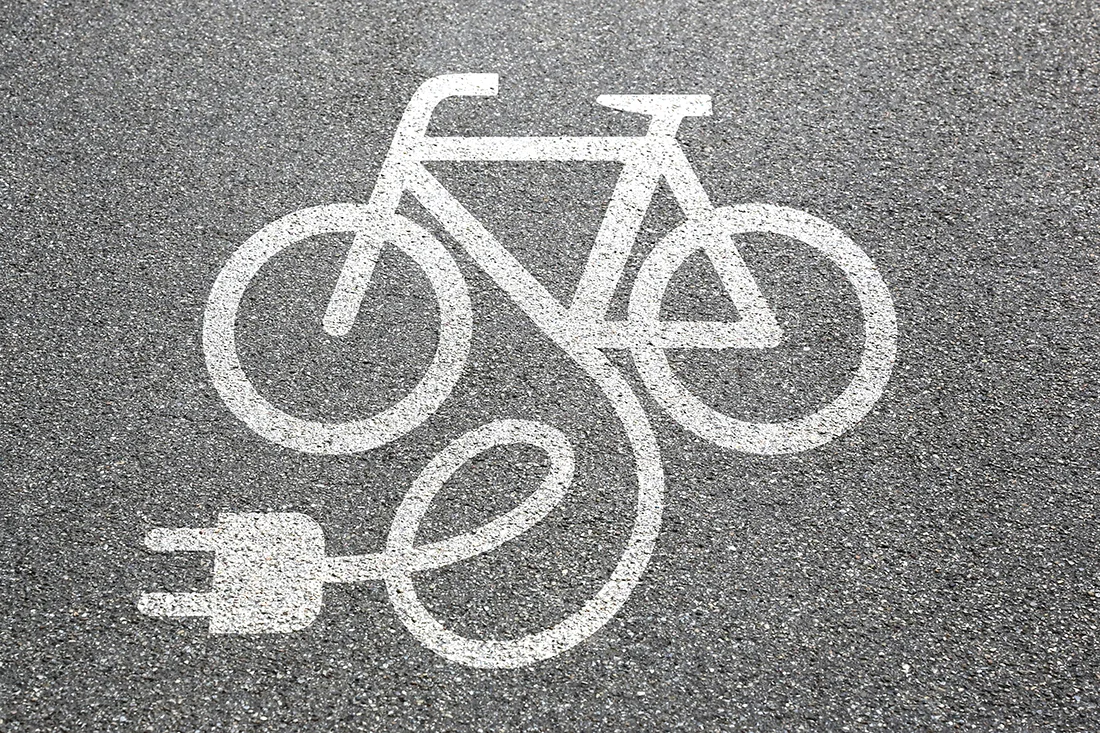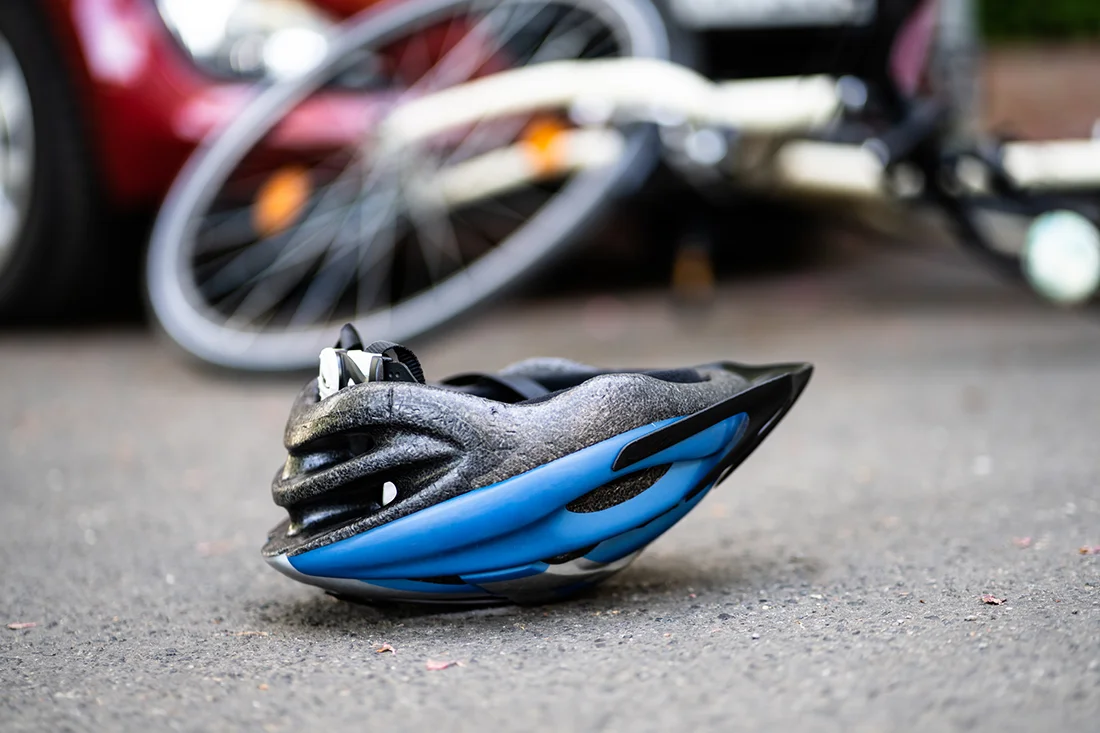Electric bikes are the latest phenomenon in cycling, yet few of us know what that actually means. Here, we have everything you need to know about e-bike batteries. This includes e-bike battery life, charging time, how to charge an electric bike, and e-bike battery charging tips.
Charging e-bikes is not the first thing you think about when purchasing an electric bike, but it’s vital it’s done right.
If bikes weren’t already complicated enough, e-bikes have added a whole new element to the conversation with their electronics.
Between Amp Hours, Voltage, and Watts Hours, e-bike batteries may be hard to understand.
But e-bike battery charging is simpler than it seems. Charging e-bikes may seem complicated and overwhelming, but that’s why we’re here.
In this post, we’re going to explain electric bike charging from the basics to advanced tips for prolonging e-bike battery life.
Contents
Introduction to Charging E-Bikes
All best electric bikes come with a charger, but e-bike chargers are not universal. Most e-bikes come with their own unique chargers that are specific to that bike’s battery only.
Before you start, always read through the manufacturer’s instructions before charging your e-bike.
While the overriding principles for charging e-bikes may be the same, different batteries may come with slightly different instructions.
The energy that an e-bike uses depends on a few factors: voltage, amp hours, and watt-hours. A typical e-bike battery will be labeled as something like, “48V, 10.5 Ah (504 Wh).”
Voltage (V) is the force pushing the electrical current through the e-bike’s system. A higher voltage will deliver more energy through the system, resulting in higher power/torque over a given period of time.
Amp Hours (Ah) is a measurement of a battery’s capacity, of how much current the battery delivers in an hour at a certain voltage. Using the above example, this battery would deliver 10.5 amps for one hour at 48 Volts.
Watt Hours (Wh) is the number of watts that a battery can deliver in an hour. It is simply Amp Hours x Voltage, but only when using the system at its maximum capacity. Using the above example, this 504 Wh battery would last about an hour if paired with a 500W motor, which is common on e-bikes.
To make the battery last longer, you would run the e-bike on a lower setting. For example, running a 504 Wh battery with a 500W motor at 200W would help the battery last for 2-3 hours.
When it comes to battery life, Amp Hours (Ah) is the most important measurement. Larger Amp Hours mean larger capacity, which allows you to ride further on a single battery charge. Increasing the Watt Hours (Wh) in an e-bike battery will deliver more power delivered over time, but it will not necessarily increase your e-bike range.
To determine how long an e-bike battery needs to charge, all you need to know is the Amp Hours in the battery and the Amp in the charger. For example, a 2 Amp charger is common among electric bikes. Paired with a 10 Ah battery, a 2 Amp charger will take five hours to fully recharge the battery.
Main Steps to Charging an Electric Bike

When you learn how to charge an e-bike, there are a few steps to keep in mind:
- Remove the battery from the e-bike (if necessary)
- Turn off the battery
- Connect the charger to the battery
- Plug the charger into a compatible outlet
- Turn on the plug (if necessary) to start charging
Many models have a removable battery which makes charging e-bikes a bit easier. But other e-bikes have the battery integrated into the frame. Either way, make sure you check the manufacturer’s instructions before attempting to remove the e-bike battery.
There are a few different items that you’ll need to connect to get your e-bike battery charged: battery pack, battery bay (what connects the bike to the battery), charging power supply, and two cables to connect the power supply.
Most e-bike chargers are self-explanatory, with the cords and connections being very obvious. But if you’re unsure, check the manufacturer’s directions to see exactly what goes where.
Main Rules of Charging a Bike
The #1 rule of e-bike charging is to always use the correct charger. Each charger is specific to an e-bike, and you don’t want to mix and match batteries with chargers. Here are some of our favorite e-bike charging tips.
The first battery charge of every e-bike is critical. When you bring a new e-bike home, don’t just plug it into the wall. Each manufacturer has a specific set of instructions for the battery’s first charge, and this charge can have a significant impact on the overall life of the battery.
You should always charge your e-bike indoors because of the electric circuits that are running through the bike and the battery.
While the e-bike stays protected from the elements, the power supply, and charging cords can not handle water.
You’ll know when to charge your e-bike battery based on LED light indicators and/or a heads-up display. Most e-bikes come with a display mounted on the handlebars which lets you control the assistance from the e-bike’s motor. These displays typically include a page that shows the e-bike’s remaining battery life.
Many e-bikes have a red LED indicator that will light up when the battery is running low. Once you plug in the battery to charge, the LED indicator will eventually turn green once the battery is fully charged.
It takes most e-bike batteries 2-6 hours to fully recharge.
Disadvantages and Possible Dangers
One of the main hazards of e-bike charging is mixing up your e-bike battery chargers. While all e-bikes come with a charger, these chargers are not interchangeable with e-bike batteries.
So if you have multiple e-bikes and chargers lying around at home, make sure to always use the correct charger.
Using the incorrect charger on an e-bike battery can result in fires, burning out the battery, or even worse.
Another downside of e-bikes is the time that it might take a while for the battery to recharge. The most powerful e-bikes with the largest range can take upwards of six hours to charge. If you forget to recharge your e-bike overnight, you might not have enough battery life for the next day’s adventure, for example.
With a bike battery charge, you never want to let your battery completely drain before charging it.
The Lifespan of Electric Bike Batteries
A typical electric bike battery should last 3–5 years depending on usage. While charging it is actually quite simple, there are a few simple tricks you can use to prolong the battery’s life as much as possible.
Related: How to Choose an Electric Bike
First, don’t recharge the battery after every ride. An e-bike battery will last the longest if you keep the battery charge between 20% and 80%.
Second, avoid over-charging your battery, or charging it for too long. Specifically, don’t leave your e-bike battery charging for more than 12 hours.
Lastly, keep your e-bike battery in comfortable storage conditions. That means keeping it on a flat, hard surface in a lukewarm room that is not too hot (80°F / 27°C) or too cold (50°F / 10°C). Keep your battery as clean as possible, especially after a dirty commute in the rain.
Heavy battery usage may shorten an e-bike’s battery life, but not significantly. Regular recharging and maintenance are most important in determining a battery’s life.
Frequently Asked Questions
How long does it take for an electric bike to charge?
A typical electric bike battery will take 2–6 hours to fully recharge. The charging time depends on the battery’s capacity and the power supplied through the charger.
Should I charge my e-bike battery after every ride?
In general, you do not want to charge your e-bike battery after every ride. To prolong your e-bike battery life, it is best to keep your e-bike battery charged between 20–80%. Charging your e-bike battery too often can actually damage its overall battery life.
Can I leave my e-bike on charge overnight?
You can leave your e-bike to charge overnight, but only for some e-bike batteries. However, you want to avoid overcharging your e-bike to help prolong its long-term battery life.
If your battery takes 4 hours to charge and it is at 50% battery, you do not want to leave it charging overnight which would overcharge the battery for multiple hours.
Ideally, you should charge your e-bike battery for a few hours once every few rides.
How long do electric bike batteries last?
Electric bike batteries can be expected to last 3–5 years in normal usage conditions. This includes recharging, maintaining, and cleaning your e-bike battery on a regular basis to prolong its life.
How far can a fully charged e-bike go?
A typical e-bike can go 20–50 miles on a single charge, with long-range e-bikes being capable of 80+ miles. This range varies based on battery usage, rider and cargo weight, terrain, and speed. E-bikes that are built for all-day adventuring may have extra large batteries capable of providing nearly 100 miles of motor assistance.
What happens if I overcharge my e-bike?
Overcharging your e-bike can result in battery damage which shortens its overall life. The power delivered by the battery should not change, but its overall capacity will as a result of overcharging.
How do I know when my electric bike is fully charged?
Electric bikes usually had an LED light indicator that will light up or turn green once your electric bike is fully charged. The location and look of these indicators may vary, so make sure to check the manufacturer’s directions to learn when your electric bike is fully charged.




